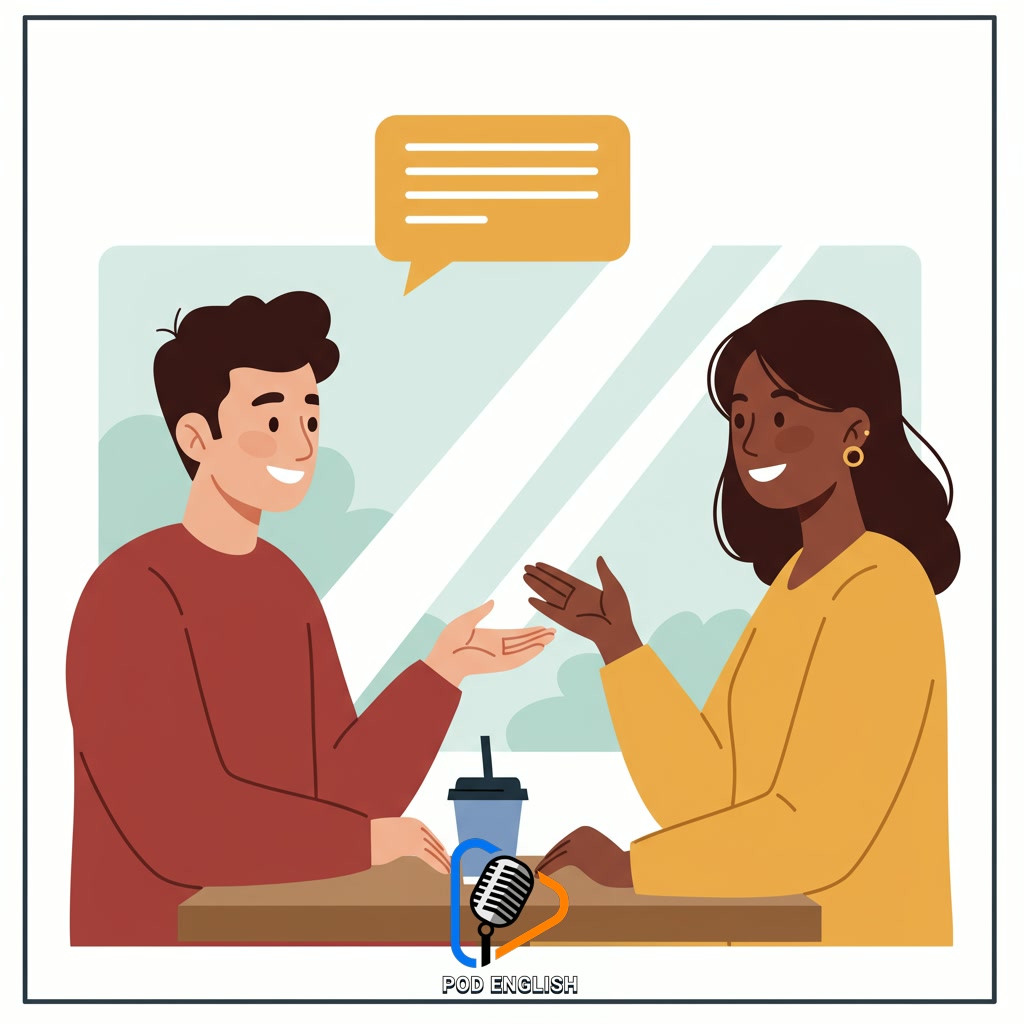Learn English
Learn English: Start Talking! Essential Real-Life Conversation Starters

This content is designed to help you Learn English and improve your speaking ability. It provides essential real-life conversation starters to build confidence. The aim is to equip you with practical phrases for initiating discussions. You’ll find key tools to start talking in various everyday situations.
Table of Contents
- Section 1: Why Starting Conversations in English Matters
- Section 2: What Are Conversation Starters? (And Why You Need Them)
- Section 3: Essential Real-Life Conversation Starters (Examples)
- Section 4: Tips for Using Conversation Starters Effectively
- Section 5: Putting It Into Practice: Scenarios and Responses
- Section 6: Overcoming Fear and Building Confidence to Talk
Section 1: Why Starting Conversations in English Matters
Starting conversations is perhaps the most vital step in truly learning English and improving your speaking ability. It moves you beyond simply understanding grammar rules and vocabulary lists to actively using the language in real-time interactions. By initiating a chat, you build confidence, practice pronunciation, improve listening skills, and learn natural phrasing that textbooks don’t always teach. Each conversation you begin is an opportunity to apply your knowledge, overcome hesitation, and make the language feel practical and alive. It’s the direct path to fluency and connecting with others in English-speaking environments.

Why Starting Conversations in English Matters
Section 2: What Are Conversation Starters? (And Why You Need Them)
Conversation starters are simple phrases or questions designed to help you begin talking with someone new or to initiate a discussion on a specific topic. Think of them as keys to unlock communication! They are essential because they help you overcome the initial awkwardness of starting a conversation, which is a common challenge for English learners. Instead of struggling to find the right words from scratch, you have ready-made tools to ‘break the ice.’ Using these starters gives you practical opportunities to practice speaking, listen to responses, and build confidence in real-time interactions. They are the bridge that moves you from knowing English rules to actually using English in everyday life, making your learning active and dynamic.

What Are Conversation Starters? (And Why You Need Them)
Section 3: Essential Real-Life Conversation Starters (Examples)
Building on the definition of conversation starters, this section provides practical examples you can use immediately in real-life situations. Think about meeting someone new; a simple “Hi, I’m [Your Name]. What’s your name?” is a perfect start. If you’re at an event, you could ask, “Have you been to this event before?” or “What did you think of the speaker/performance?” For casual chats, common topics include the weather (“Lovely weather today, isn’t it?”), weekend plans (“Do you have anything fun planned for the weekend?”), or current happenings (“Did you see the news about…?”). These phrases are designed to open the door for further discussion, helping you feel more comfortable and confident initiating conversations in English and connecting with others.

Essential Real-Life Conversation Starters (Examples)
Section 4: Tips for Using Conversation Starters Effectively
Now that you have a collection of conversation starters, knowing how to use them effectively is key to building confidence and fluency. Don’t just memorize phrases; focus on delivering them naturally and with a friendly tone. Pay attention to the context – a starter suitable for a casual party might not work in a formal meeting. Practice using these phrases aloud, perhaps with a language partner or even by talking to yourself. Listen carefully to the other person’s response and be ready to ask follow-up questions. Remember, the goal is to have a two-way exchange, not just to say the first sentence. Be yourself and let your personality show through. With practice, these starters will feel comfortable and become a natural part of your English conversations.

Tips for Using Conversation Starters Effectively
Section 5: Putting It Into Practice: Scenarios and Responses
Okay, you’ve got your conversation starters ready. This section, “Putting It Into Practice,” is where we bring them to life. Learning English isn’t just about knowing phrases; it’s about using them confidently in real situations. Here, we’ll look at common scenarios you might face every day – like meeting someone new, making small talk, or asking for help. For each scenario, we’ll show you how you can use the starters you’ve learned and offer examples of how the conversation might continue. This is your chance to see the starters in action and understand how to respond naturally. Read through these examples, imagine yourself in these situations, and think about how you would use the phrases to start talking and keep the conversation flowing. Practice makes perfect!

Putting It Into Practice: Scenarios and Responses
Section 6: Overcoming Fear and Building Confidence to Talk
It’s completely normal to feel nervous when you start speaking English, especially in front of others. Many learners worry about making mistakes or not being understood. But remember, this feeling is just a temporary hurdle. The key to overcoming this fear and building confidence is gradual practice. Start small! Use those conversation starters you’ve learned in low-pressure situations, like practicing by yourself, with a language partner, or in a supportive online group. Celebrate every small success – even just saying hello confidently is a step forward. Focus on communicating your message, not on perfect grammar. With each attempt, your confidence will grow, making it easier and more enjoyable to talk in English.

Overcoming Fear and Building Confidence to Talk













